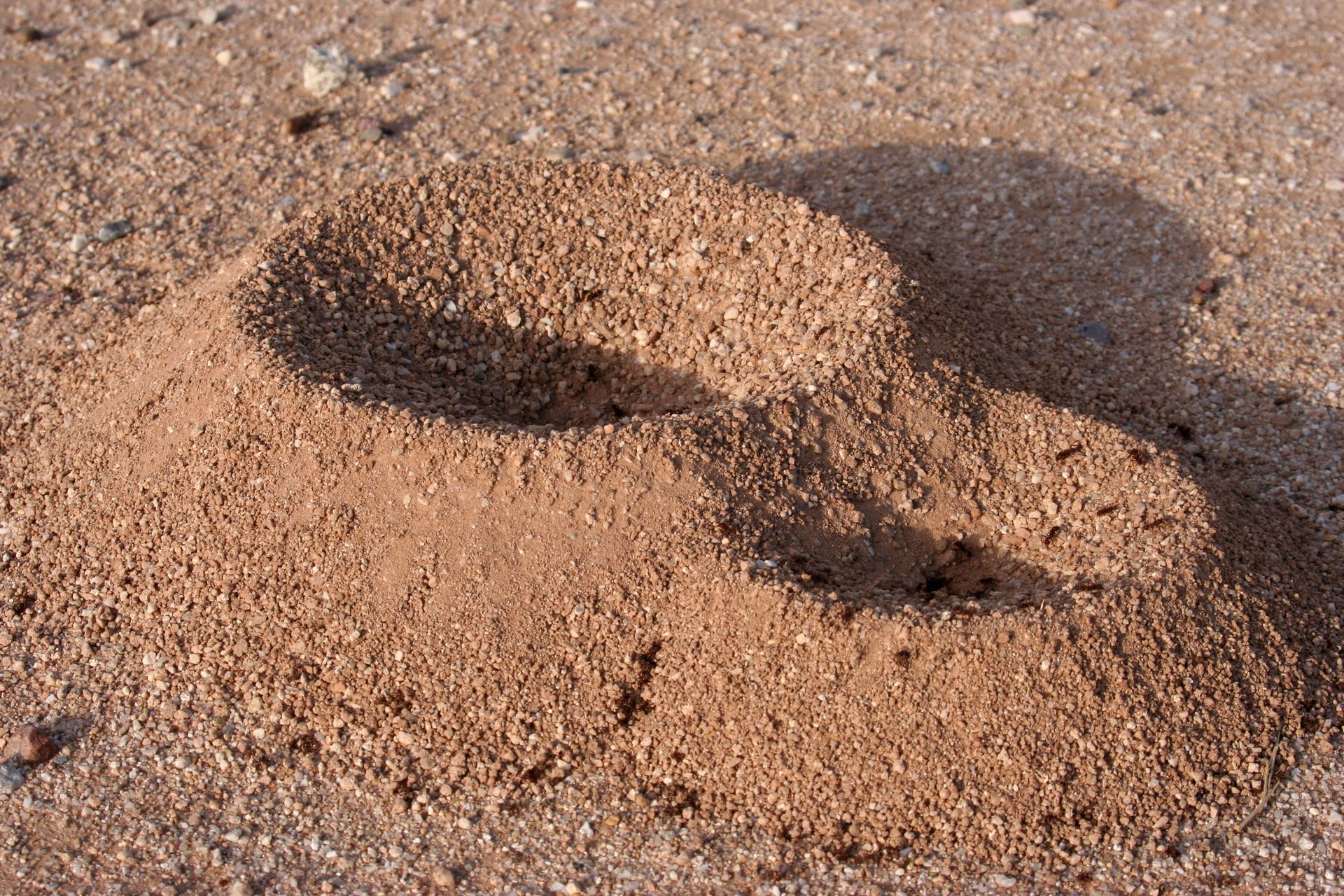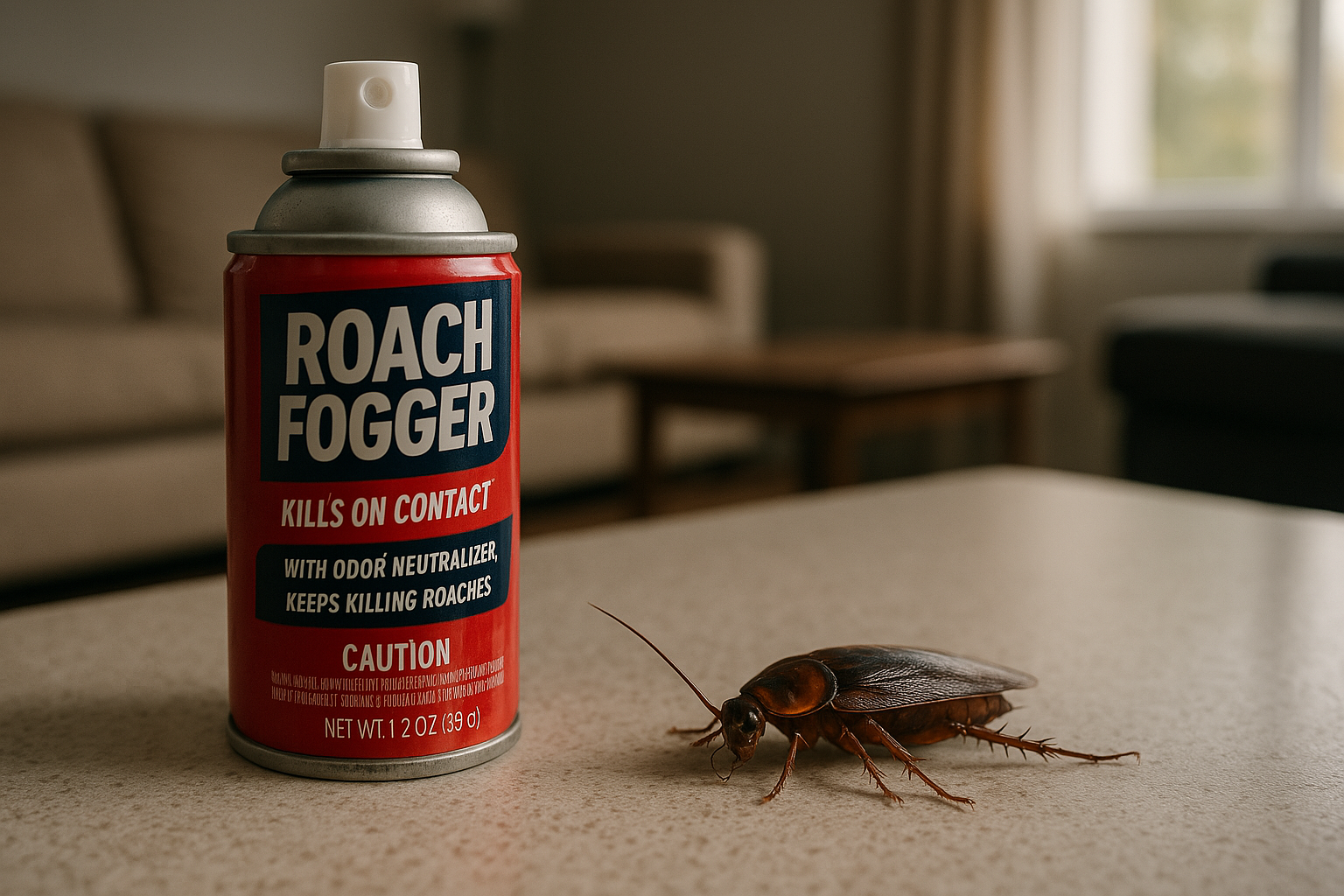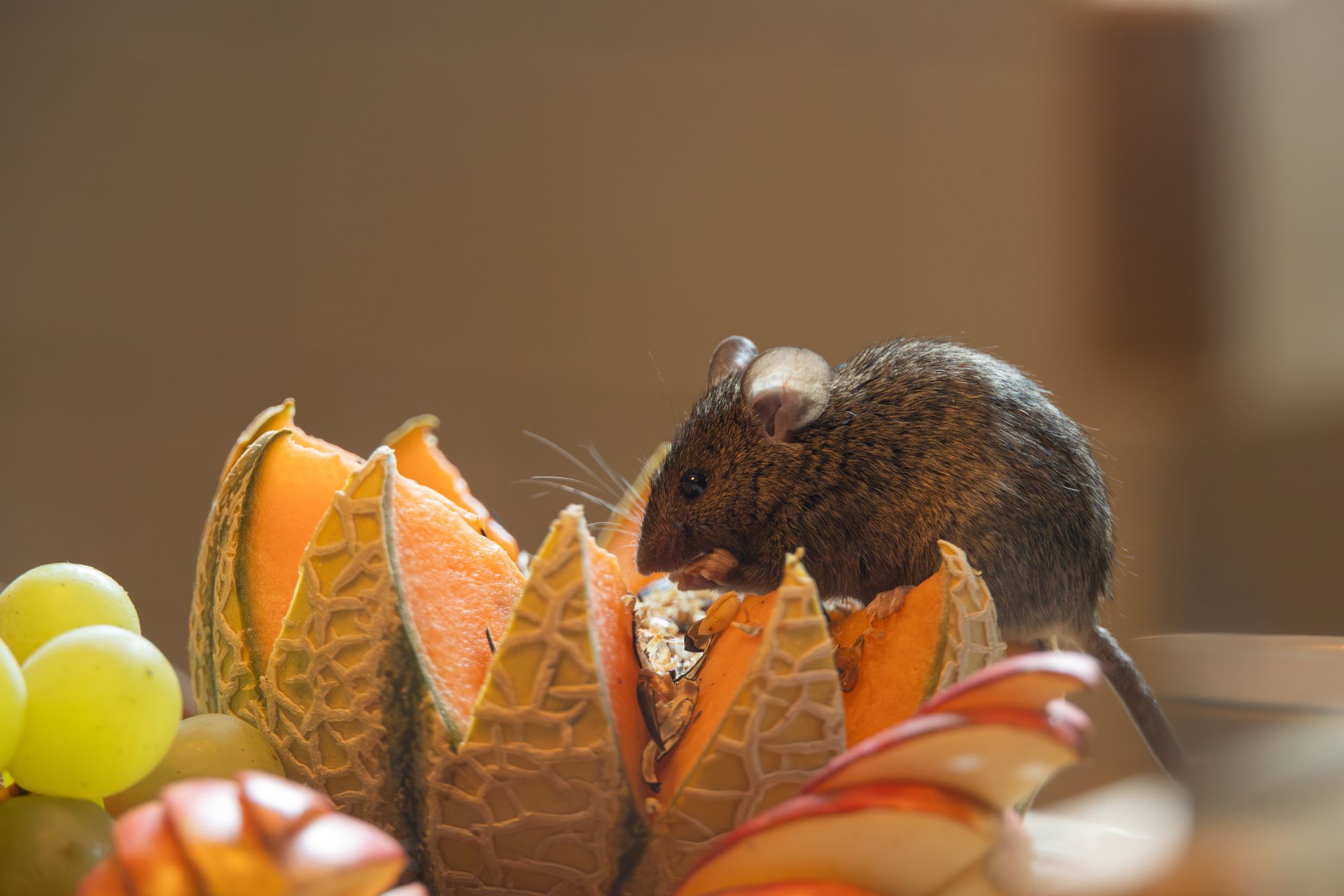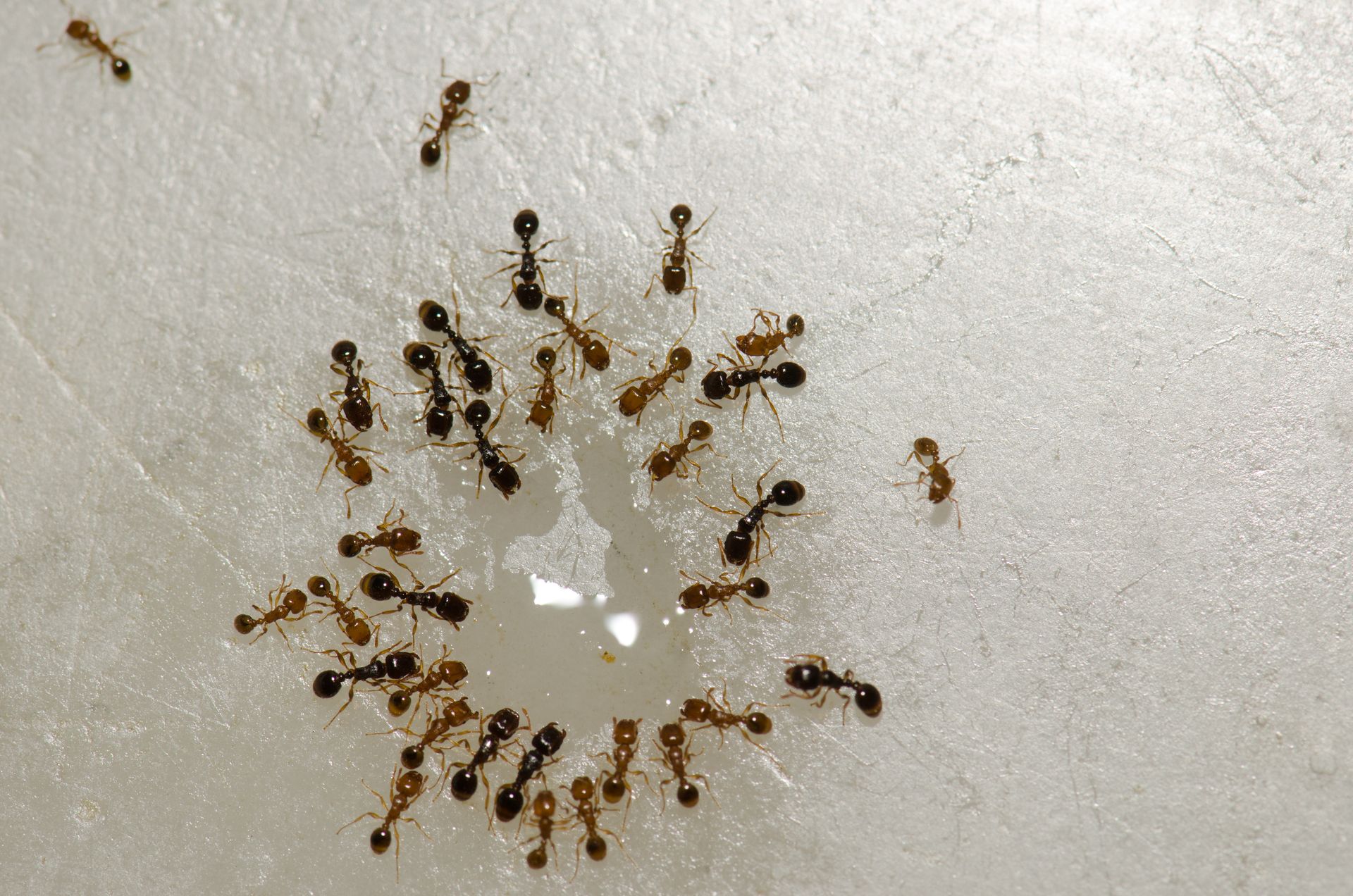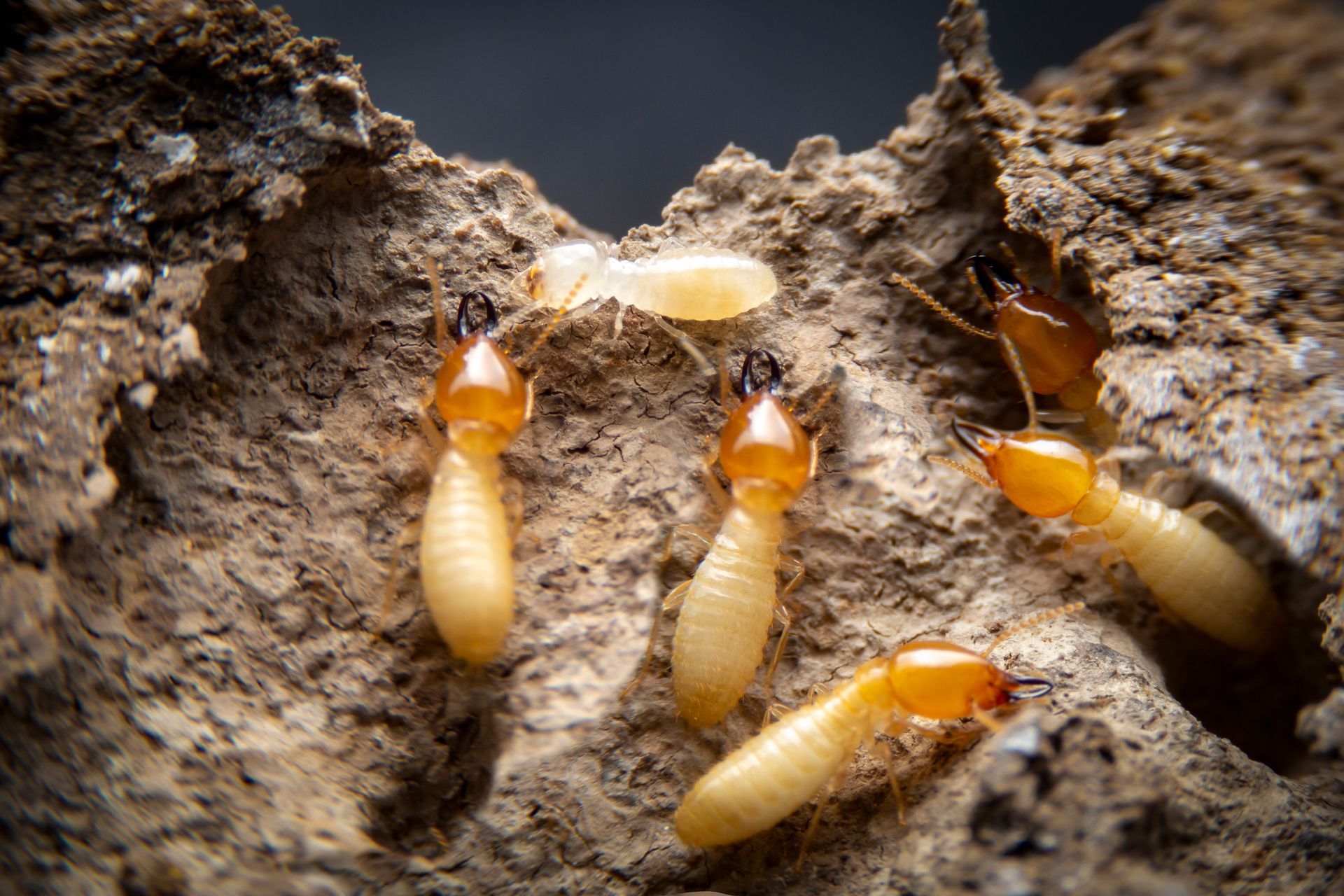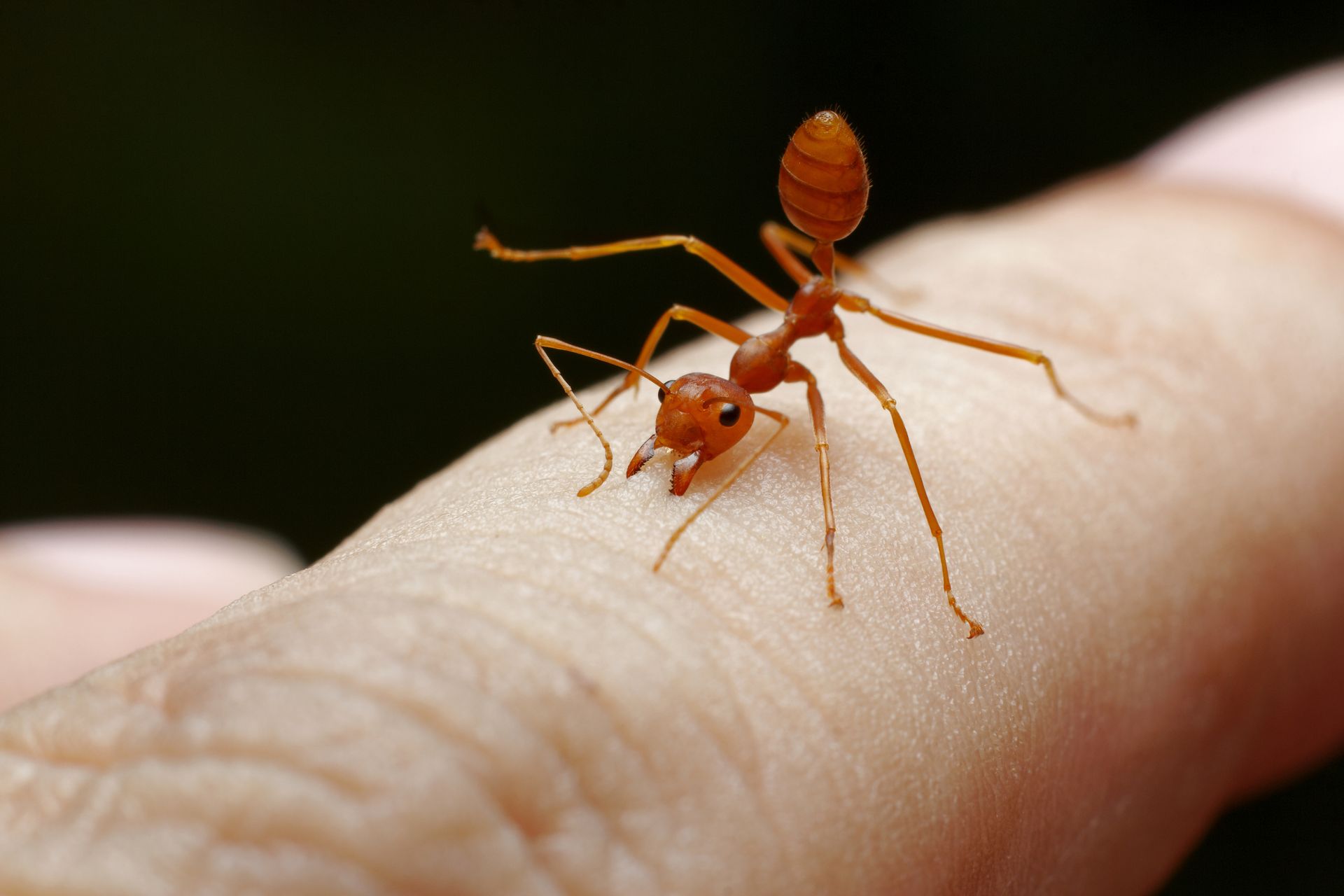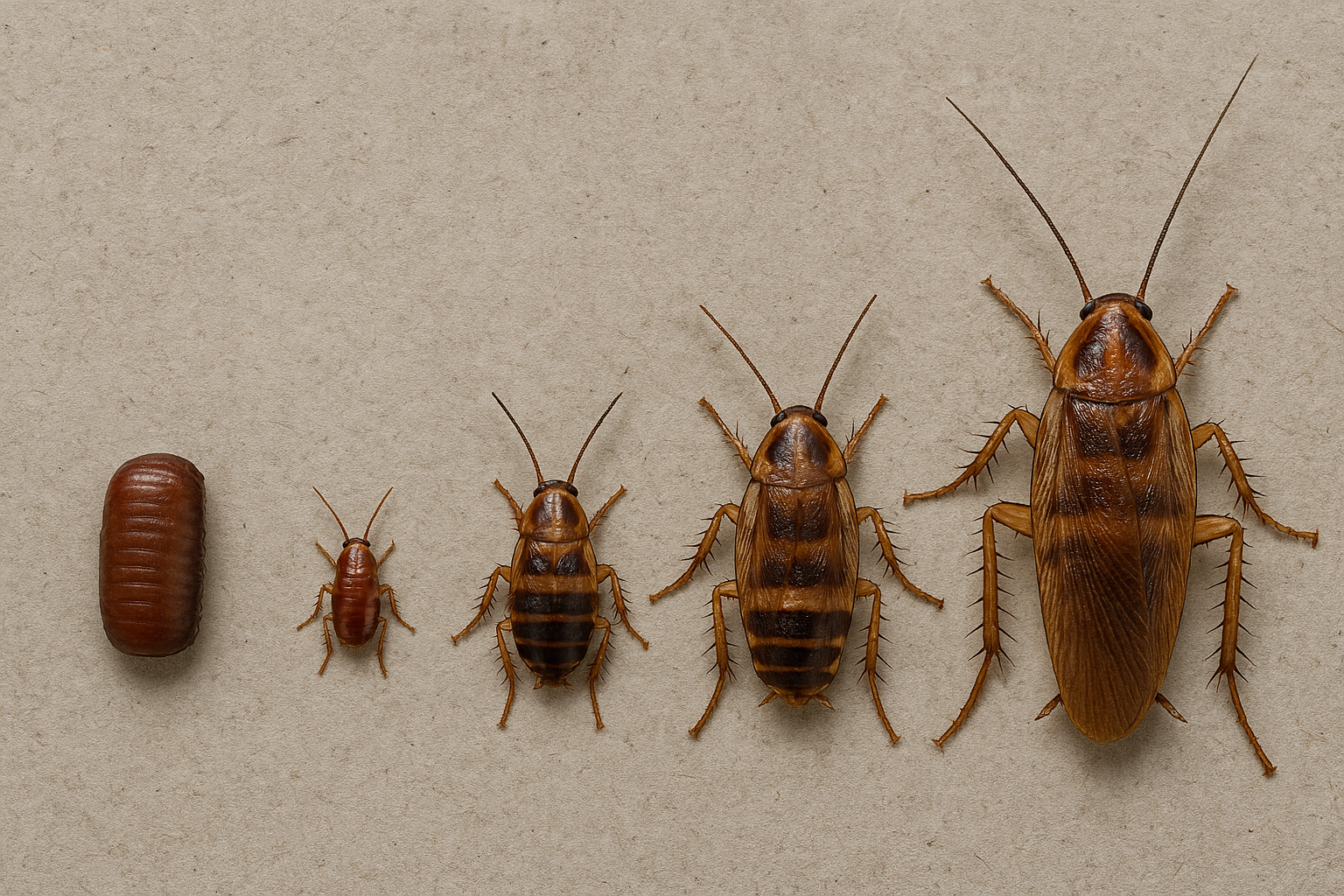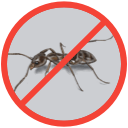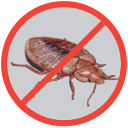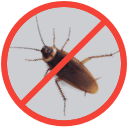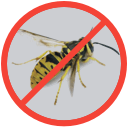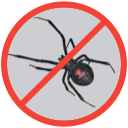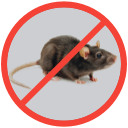Do Gnats Bite Humans and Are They Dangerous?

Gnats is a term often used to describe various small flying insects. Some species can bite humans, but most do not possess the ability to do so. The confusion surrounding gnat bites stems from the broad use of the term "gnat," which encompasses both biting and non-biting species. While some gnats like biting midges or no-see-ums, can deliver painful bites, others merely cause annoyance by hovering around faces or eyes. Gnat bites typically appear as small, red, itchy bumps on the skin and are generally not considered dangerous to human health. However, they can be irritating and, in rare cases, may cause allergic reactions in some individuals. The severity of gnat bites can vary depending on the species and the person's sensitivity, with symptoms ranging from mild itching to more intense discomfort. Understanding the nature of gnats and their biting behavior is crucial for effectively managing and preventing these pesky encounters, especially for those living near water sources where certain biting gnat species thrive.
What Are Gnats?
Gnats are often collectively referred to by various names such as biting midges, blackflies, or no-see-ums, depending on the specific species and regional terminology. They are tiny, black, flying insects that belong to the order Diptera. This order also includes flies and mosquitoes. Despite their taxonomic diversity, gnats share several common physical characteristics that make them easily recognizable, albeit difficult to distinguish between species:
- Size ranging from 1/16 to 1/8 of an inch in length
- Slender, predominantly black bodies
- Translucent wings with visible veining
- Wings typically folded behind the body when at rest
- Six legs and moderately sized antennae
These tiny insects are ubiquitous in many environments, particularly thriving in areas near water sources or in damp conditions. While some gnat species are merely a nuisance, others possess the ability to bite humans and animals. The term "gnat" is often used colloquially to describe any small, flying insect that appears in swarms or hovers persistently which contributes to some confusion about their exact classification and behavior.
What Gnat Species Bite Humans?
While the term "gnat" is often used broadly to describe various small flying insects, only specific species are known to bite humans. The most common biting gnat species that affect humans include:
- Biting Midges (Family Ceratopogonidae): Also known as no-see-ums, punkies, or sand gnats, these tiny insects are notorious for their painful bites. They are often found near water sources and are most active during calm periods at dawn and dusk.
- Black Flies (Family Simuliidae): Sometimes called buffalo gnats or turkey flies, these insects are known for their painful bites and tendency to swarm. They prefer areas near fast-moving streams and rivers.
- Sand Flies (Family Psychodidae): While less common in the United States, true sand flies can be a significant problem in other parts of the world, where they are known to transmit diseases.
It's important to note that not all insects commonly referred to as gnats bite humans. For instance, fungus gnats and eye gnats, while annoying, do not bite. Understanding which species are present in a given area is crucial for implementing effective prevention and control measures, as each type of biting gnat has unique habits and habitat preferences that influence their interaction with humans.
Biting Gnat Behavior
Biting gnats exhibit distinctive behaviors that set them apart from other small flying insects. The females of certain biting species are equipped with specialized mouthparts designed for blood feeding. Unlike mosquitoes, which use a needle like proboscis to draw blood like a syringe, biting gnats employ a more complex method. They use their mandibles which have jagged, teeth like edges to create a small incision in the host's skin. This process is followed by the injection of saliva containing anticoagulant properties, which prevents blood clotting and allows the gnat to feed efficiently. The feeding process typically lasts between two to five minutes if the gnat is undisturbed. Biting gnats are most active during specific periods, with many species preferring to feed at dawn and dusk. Some species will also continue their activity into the night. These insects can attack either individually or in swarms, depending on the species and environmental conditions. The saliva introduced during feeding is responsible for the subsequent allergic type reactions in humans.
Risk Factors That Increase the Likelihood of Gnat Bites
Several factors can significantly increase an individual's likelihood of experiencing gnat bites. These risk factors are primarily related to environmental conditions and personal activities that bring humans into closer contact with gnat populations. Recognizing these risk factors is essential for developing and implementing effective preventative measures. The proximity to gnat habitats plays a major role, as does the nature of one's work or recreational activities. Those who live near or frequently visit areas where gnats thrive are naturally at a higher risk of encountering these biting insects. Key risk factors include:
- Residence or travel near swamps, coastal areas, rivers, or lakes
- Occupations involving outdoor work, especially in parks or farms
- Engagement in outdoor recreational activities like hiking or camping
- Participation in water sports or activities near water bodies
- Working with or around animals
- Spending time outdoors during peak gnat activity periods (dawn and dusk)
By recognizing these risk factors, individuals can take appropriate precautions to minimize their exposure to biting gnats and reduce the likelihood of experiencing bites.
Why Do Gnats Bite?
The biting behavior of gnats is primarily driven by the reproductive needs of female gnats belonging to certain species, particularly those in the Ceratopogonidae family. Unlike their male counterparts, which subsist on plant nectar and do not bite, female biting gnats require blood meals as an essential part of their reproductive cycle. This blood feeding behavior is not merely a dietary preference but a biological necessity for these insects. The proteins and nutrients obtained from blood are crucial for the proper development of their eggs which helps ensure the viability and success of their offspring. This gender specific feeding pattern is similar to that observed in mosquitoes and some other blood feeding insects. Understanding this biological imperative helps explain why gnat bites occur and why certain prevention methods targeting female gnats can be particularly effective in reducing bite incidents.
Where Do Gnat Bites Occur?
The location of bites often depends on the specific activities of the individual and the type of clothing worn at the time of exposure. Typically, gnats target regions of the body that are uncovered and offer the least resistance to their feeding. The most frequent sites for gnat bites include the head, neck, face, forearms, hands, legs, ankles, and feet. These areas are often left exposed during outdoor activities or in warmer weather which makes them prime targets for biting gnats. The pattern of bites can sometimes be influenced by the behavior of specific gnat species. For instance, some types of biting midges are known to focus on lower extremities, while others may be more likely to attack the upper body and face. Understanding the typical locations of gnat bites can help individuals take targeted protective measures like using appropriate clothing or repellents on these vulnerable areas.
Symptoms of Gnat Bites
Gnat bites typically manifest as small, red, and itchy bumps on the skin that often go unnoticed during the actual feeding process. The symptoms typically arise from the body's reaction to the gnat's saliva, which is injected into the skin during biting. While the severity of reactions can vary among individuals, most people experience a common set of symptoms:
- Small raised bump: The initial sign of a gnat bite which often appears shortly after the incident
- Itching: Often intense and persistent which can lead to scratching and secondary infractions
- Redness: A small welt surrounding the bite area
- Swelling: Localized puffiness around the bite site due to inflammation
In some cases, more pronounced reactions may occur, including:
- Fluid filled blisters: A less common but more severe reaction around the bite area
- Extended swelling or fluid buildup: In more sensitive individuals or cases of multiple bites
These symptoms typically develop within a short period after the bite and can persist for several days. The intensity and duration of these symptoms can vary based on individual sensitivity and the number of bites received. In rare cases, some people may experience more severe allergic reactions that require medical attention.
Why Do Gnat Bites Itch?
The itching sensation associated with gnat bites is primarily caused by the human body's immune response to the anticoagulant compounds present in the gnat's saliva. When a gnat bites, it injects these compounds to prevent blood clotting so it can feed more efficiently. This foreign substance triggers the release of histamines in the human body which leads to the characteristic itching, swelling, and redness around the bite area.
Gnat Bites Compared to Other Bug Bites
Gnat bites, while often overlooked, can be as bothersome as bites from more notorious blood sucking insects. Understanding how gnat bites compare to other common bug bites is crucial for proper identification and treatment in areas where multiple types of biting insects coexist.
Gnat Bites vs Bed Bug Bites
Distinguishing between gnat bites and bed bug bites can be challenging due to their visual similarities, but there are key differences in their characteristics and the circumstances of their occurrence. Gnat bites can sometimes result in immediate pain and discomfort, as these insects lack the numbing agents found in bed bug saliva. In contrast, bed bug bites often go unnoticed during the feeding process, which can last several minutes due to the anesthetic properties in their saliva. While both types of bites can lead to red, itchy welts and swelling, the pattern and location of the bites can offer clues to their origin. Gnat bites are more likely to occur on exposed skin during outdoor activities. Bed bug bites, on the other hand, often appear in linear or clustered patterns on areas of the body that are exposed during sleep. The timing and environment of the bite occurrence, along with the immediate sensation (or lack thereof) during the bite, can be crucial factors in differentiating between these two types of insect bites.
Gnat vs Mosquito Bites
While both gnat and mosquito bites can cause discomfort, there are notable differences in their appearance, location, and the sensations they produce. Mosquito bites typically manifest as light-colored, raised welts that often appear on exposed areas of the arms and legs. These bites usually start as white bumps before fading to a pinkish red color. In comparison, gnat bites are typically smaller in size, with a darker coloration and a more textured surface appearance. They are often described as bright red and can be more painful initially than mosquito bites. Gnat bites are also more likely to occur on the face and other areas that mosquitoes might not typically target. An additional differentiating characteristic is how long the symptoms persist. Gnat bites often last longer and can be more intensely itchy compared to mosquito bites. Understanding these differences can help in identifying the source of bites and choosing appropriate treatment and prevention methods.
Gnat vs Flea Bites
Properly identifying a gnat or flea bites can be challenging due to their similar appearance as small, red, raised bumps on the skin. Both types of bites typically cause immediate discomfort and itching. However, several key factors can help differentiate between the two. The most obvious distinction lies in the insects' mobility: gnats are flying insects, while fleas are wingless and known for their jumping abilities. The environment where the bites occur can also provide clues: gnat bites are more likely to happen outdoors near water sources or in humid areas, while flea bites can occur both indoors and outdoors, often in areas with tall grass, shaded spots near trees, or in homes with pets. Fleas can establish indoor infestations by breeding in carpets, pet bedding, and furniture, whereas gnats will breed near plants, drains, and trash cans. The pattern of bites can also differ, with flea bites often appearing in clusters or lines around the ankles and lower legs, while gnat bites may be more randomly distributed on exposed skin. If persistent bites are experienced indoors, especially in homes with pets, flea bites are more likely the culprit. In cases of uncertainty, capturing a specimen of the biting insect for identification can provide definitive evidence of the source of the bites.
Are Gnat Bites Dangerous?
While gnat bites are generally more of a nuisance than a serious health threat in the United States, they can pose certain risks and, in rare cases, lead to complications. In most instances, gnat bites result in minor, localized reactions that resolve on their own. However, there are situations where these bites can become more problematic. The potential dangers associated with gnat bites include:
- Allergic reactions: In rare cases, individuals may experience severe allergic responses, including difficulty breathing, dizziness, or facial swelling.
- Skin infections: Excessive scratching of bites can introduce bacteria which can lead to secondary infections.
- Disease transmission: While uncommon in the U.S., certain gnat species in tropical regions can transmit parasites like Mansonella ozzardi which can cause symptoms such as fever, joint pain, and skin rashes.
It's important to note that different gnat species pose varying levels of risk. For example, biting midges (no-see-ums) in the U.S. are not known to transmit diseases to humans but can be vectors for animal diseases. Black flies, while not disease vectors in the U.S., are responsible for transmitting river blindness in parts of Africa and South America. Sand flies, though less common in the U.S., can spread leishmaniasis in other parts of the world. While the risk of serious complications from gnat bites is low in the United States, being aware of these potential dangers and seeking medical attention for severe or persistent symptoms is advisable.
How to Treat a Gnat Bite
Treating gnat bites effectively involves a combination of simple home remedies and over the counter treatments aimed at reducing discomfort and preventing complications. The primary goal is to alleviate itching, reduce swelling, and prevent secondary infections. While most gnat bites resolve on their own within a few days, several steps can be taken to manage symptoms and promote faster healing:
- Cleanse the area: Gently wash the bite site with mild soap and cool water to clean and soothe the skin.
- Apply a cold compress: Use ice packs or cold, damp cloths for 10-minute intervals to reduce swelling and numb the area.
- Use anti-itch creams: Apply over the counter hydrocortisone cream or calamine lotion to relieve itching and inflammation.
- Take oral antihistamines: Medications like diphenhydramine can help reduce allergic reactions and itching.
- Elevate the affected area: If bites are on limbs, raising them can help reduce swelling.
It's crucial to avoid scratching the bites to prevent skin breaks that could lead to infections. For persistent or severe symptoms, or if signs of infection develop (such as increased redness, warmth, or pus), it’s best to seek medical attention.
When Should You See a Doctor for Gnat Bites?
While most gnat bites can be managed effectively at home, certain situations warrant medical attention. It's crucial to recognize when professional healthcare is necessary to prevent potential complications or address severe reactions. Generally, gnat bites resolve within a few days with proper care, but if symptoms persist or worsen, seeking medical advice is prudent. A doctor's visit is recommended if you experience:
- Bites in vulnerable regions such as near the eyes or mouth
- Symptoms that worsen or persist beyond two weeks
- Indications of dermal infection, including the presence of pus or heightened redness
- Extensive swelling or discomfort that fails to improve with standard treatments
In rare cases, gnat bites can trigger a severe allergic reaction known as anaphylaxis, which is a medical emergency requiring immediate attention. Symptoms indicating a need for urgent medical care include:
- Difficulty breathing or wheezing
- Inflammation of the pharynx, labial area, or ocular region
- Trouble swallowing
- Rapid heartbeat
- Dizziness or lightheadedness
- Nausea
- Confusion
Should any of these alarming symptoms manifest, it is imperative to seek immediate emergency care by contacting 911 or your nearest emergency services provider.
How to Prevent Gnat Bites
Preventing gnat bites involves a combination of strategic avoidance, protective measures, and the use of repellents. Understanding the habits and habitats of biting gnats is crucial in developing an effective prevention strategy. Since these insects are often found near water sources and are most active during specific times of the day, adjusting your outdoor activities accordingly can significantly reduce your risk of bites. Here are key prevention methods to consider:
- Environmental awareness: Avoid or limit time spent near bodies of water, especially during dawn and dusk when gnats are most active.
- Protective attire: Don garments that cover most of your body, including long-sleeved tops, full-length trousers, and shoes that enclose the entire foot.
- Bug repelling substances: Utilize approved repellents containing active ingredients like DEET, picaridin, or lemon eucalyptus oil on uncovered skin and clothing.
- Home protection: Install fine mesh screens on windows and doors to keep gnats out of living spaces.
- Scent control: Avoid using strongly scented personal care products, as these can attract gnats.
- Color choices: Opt for light colored clothing, as some gnats are attracted to dark colors.
- Physical barriers: Use portable fans or foggers in outdoor areas to create air currents that deter gnats.
By implementing these preventive measures, you can significantly reduce your chances of experiencing gnat bites while enjoying outdoor activities. It's important to note that while these methods are effective, complete prevention may not always be possible in heavily infested areas, and a combination of strategies often yields the best results.
How to Get Rid of Gnats
Effectively eliminating gnats requires a multi-faceted approach that addresses both their breeding grounds and adult populations. While complete eradication can be challenging, especially for outdoor populations, several strategies can significantly reduce gnat infestations in and around your home. The key to successful gnat control lies in understanding their life cycle and preferred habitats. Consider these effective strategies for eliminating gnat infestations:
- Soil management: For fungus gnats in plants, allow soil to dry between waterings and repot plants with fresh, sterile soil to eliminate larvae.
- Sticky traps: Use yellow sticky traps near affected plants or in problem areas to capture adult gnats.
- Vinegar traps: Create homemade traps using apple cider vinegar, water, and dish soap to attract and trap gnats.
- Drain cleaning: Regularly clean drains to remove organic matter that gnats use for breeding.
- Moisture control: Reduce humidity and fix leaks in and around your home to eliminate damp environments gnats prefer.
- Natural predators: Encourage or introduce natural gnat predators like nematodes in garden areas.
- Chemical solutions: Use appropriate pesticides or growth regulators as a last resort, following all safety guidelines.
For persistent or large scale infestations in outdoor areas, consulting with a pest control professional may be necessary to develop a comprehensive management plan. Remember that prevention is often easier than elimination, so maintaining a clean, dry environment is crucial in keeping gnat populations under control.
Contact EcoGuard Pest Management if You Are Dealing with Biting Gnats
If you're struggling with a persistent gnat problem in or around your home, don't let these tiny pests continue to disrupt your daily life. While the prevention and control methods discussed can be effective, sometimes a more robust, professional approach is necessary for large scale or stubborn infestations. EcoGuard Pest Management specializes in comprehensive gnat control solutions tailored to your specific situation. Our team of experts can assess the extent of your gnat problem, identify the species involved, and implement targeted strategies to eliminate the infestation at its source. We use environmentally conscious methods that are safe for your family and pets while effectively addressing the gnat issue. Don't let gnats take over your living space or outdoor areas. Contact EcoGuard Pest Management today for a consultation and take the first step towards a gnat free environment.
Biting Gnat FAQs
What happens if a gnat bites you?
When a gnat bites you, it typically results in a small, red, and itchy bump on your skin. The bite site may become swollen and irritated due to the gnat's saliva which contains anticoagulants to prevent blood clotting during feeding. While most gnat bites are merely annoying and resolve on their own within a few days, some people may experience more intense itching or develop a larger welt, depending on their individual sensitivity to the bite.
What does a gnat bite look like on a human?
A gnat bite on a human typically appears as a small, red, raised bump on the skin that often resembles a tiny mosquito bite. The bite site may be slightly swollen and can range from 1-2 millimeters to several millimeters in diameter, depending on the individual's reaction. In some cases, multiple bites may appear in clusters or lines on exposed areas of skin.
Do gnats bite humans at night?
While some gnat species can bite at any time, many biting gnats are most active during dawn and dusk rather than at night. However, certain species, like some biting midges may continue to feed during nighttime hours when there are areas with artificial lighting or when environmental conditions are favorable. The likelihood of nighttime gnat bites can also increase if you're in or near their preferred habitats like near water sources or in damp, shaded areas.
How do you stop gnats from biting you?
To prevent gnat bites, apply authorized insect repellents that contain active ingredients such as DEET, picaridin, or oil of lemon eucalyptus to any exposed skin and your clothing. Wear protective clothing such as long sleeves, pants, and closed toe shoes when in gnat prone areas, especially during dawn and dusk when they are most active.


